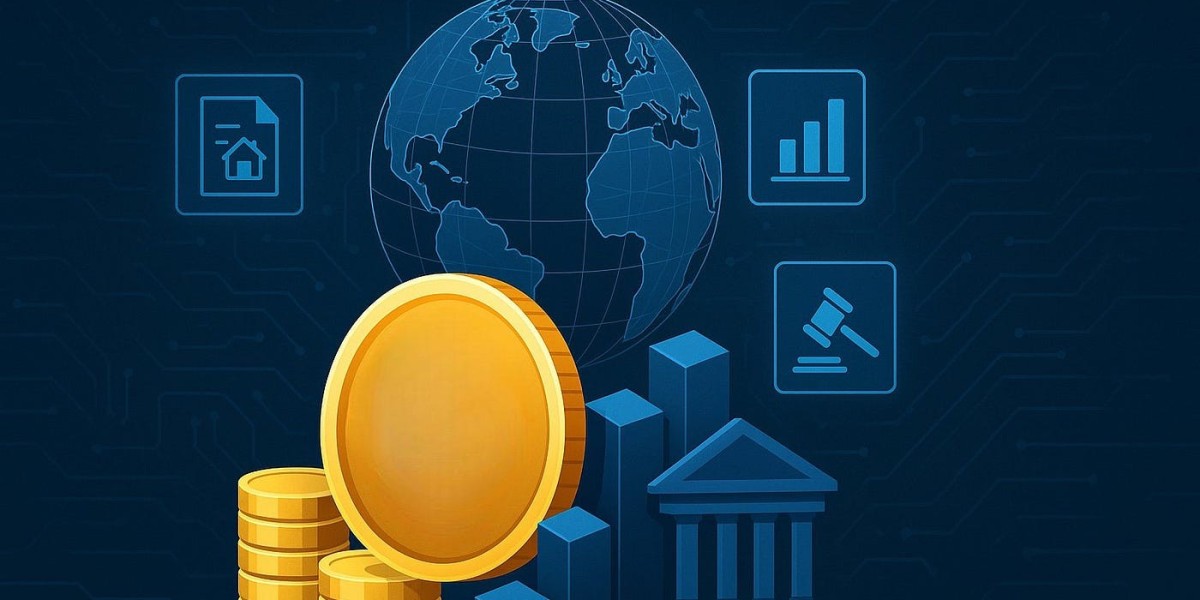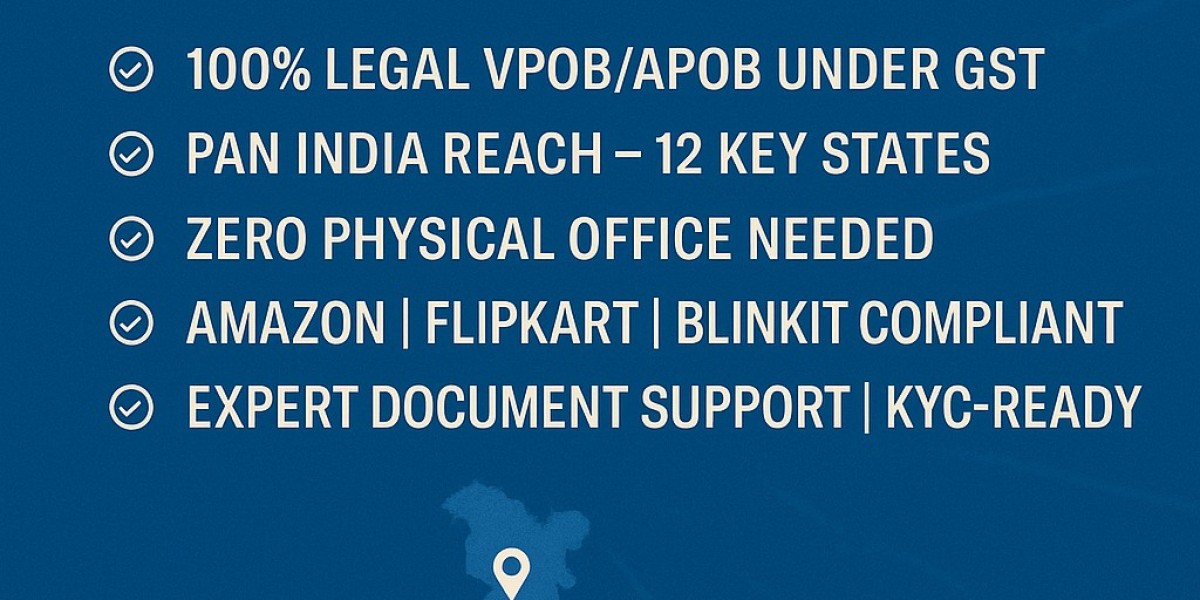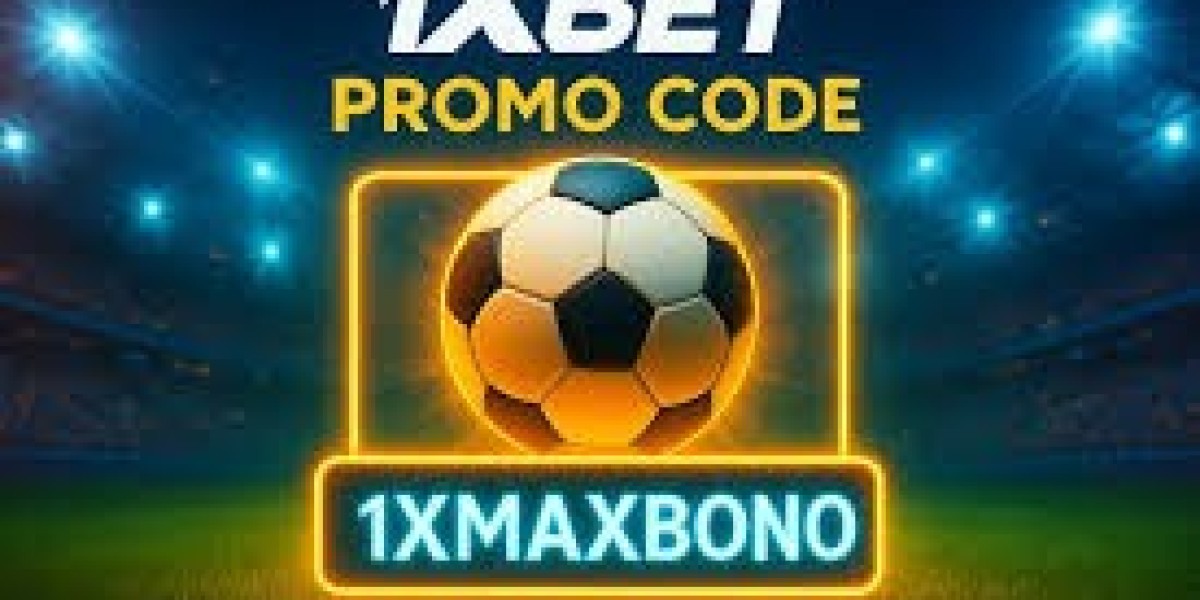The NFT ecosystem has changed quickly in the last few years, and by 2025 the focus is not only on digital art or collectibles but on how strong, flexible, and secure the underlying smart contracts have become. NFT developers today deal with a larger and more demanding environment where interoperability, automation, identity, and real-world utility matter just as much as ownership. For anyone working in crypto token development or building products for a token development company, knowing the major smart contract standards is no longer optional. It is the foundation on which every scalable and future-ready NFT platform is built.
Smart contract standards create shared rules that let wallets, marketplaces, and dApps communicate in predictable ways. Without them, NFTs would behave differently across networks and systems, which would limit adoption. As older standards expand and new ones emerge, developers must understand how each standard works and why it matters. The following sections explain the essential NFT smart contract standards that shape development in 2025 and how they influence everything from user experience to application performance.
Understanding Why Standards Matter More in 2025
In 2025, NFT development is driven by higher user expectations and a faster blockchain environment. Users want NFTs that are transferable across chains, respond to external data, upgrade over time, and connect with real-world assets while maintaining security. This shift forces developers to build smarter logic into NFTs, which can only happen through strong and widely accepted standards. Many projects created in earlier years focused mainly on ownership and transfer. Today, NFTs need features like account-based identity, flexible metadata, real-time verification, and automated interactions with other smart contracts.
Another important factor is scalability. With more blockchains adopting advanced throughput models, NFTs can now support larger use cases involving gaming, supply chains, event access, and asset tokenization. A modern NFT must perform smoothly on various platforms, regardless of the device or network a user prefers. This is where smart contract standards ensure that behavior remains consistent, predictable, and trusted.
For any token development company building platforms or for developers designing contracts from the ground up, having a strong understanding of these standards helps avoid compatibility issues, reduces development time, and ensures the NFT works across tools and marketplaces without requiring constant custom fixes.
ERC-721: The Foundation of Unique Token Ownership
ERC-721 remains the cornerstone of NFT development, even in 2025. It defines how unique tokens are created, identified, transferred, and tracked. The standard ensures each token is different from the next, making it ideal for digital assets that require individual identity. Although introduced years earlier, ERC-721 still powers a large percentage of NFT assets across chains because of its proven stability and easy integration.
Developers continue to rely on ERC-721 for simple and secure NFT ownership structures, especially when dealing with assets that do not need batch transfers or complex interactions. It also provides predictable behavior for wallets and marketplaces, which is essential when onboarding new users. While newer standards offer more functionality, ERC-721 remains important due to its clarity and its wide support in almost all blockchain ecosystems.
In crypto token development, ERC-721 contracts are often used as the base model when building custom logic for digital identity, membership frameworks, and authentication systems. Many platforms still prefer it when they need reliability and straightforward management without extra layers of complexity.
ERC-1155: The Multi-Token Standard for Large-Scale Use Cases
ERC-1155 changed the way developers think about NFTs by introducing the ability to handle multiple token types within a single smart contract. Instead of separating unique and identical tokens into different structures, ERC-1155 lets developers mint, transfer, and manage both in a unified system.
By 2025, ERC-1155 is used heavily in gaming, loyalty programs, and digital asset ecosystems where large volumes of NFTs must operate efficiently. This standard reduces gas usage and simplifies contract management, making it easier for applications to scale. Since both fungible and non-fungible assets can be grouped together, developers have more freedom to design flexible economies within their apps.
For any token development company working on gaming ecosystems, in-app asset systems, or large batches of collectible items, ERC-1155 provides the performance boost needed to run these operations smoothly. Its batch-transfer capability also minimizes network congestion and reduces user costs, which is important in systems that handle high transaction volumes.
ERC-2981: The Fair Royalty Standard for Creators
Royalty enforcement became a major concern during the early growth of NFTs. As marketplaces evolved, royalty structures became inconsistent, causing disputes over payments to creators. ERC-2981 brought a unified royalty standard that solves this problem by storing royalty information directly on the smart contract.
In 2025, ERC-2981 is considered essential for any serious NFT project because it guarantees a common method for marketplaces to retrieve royalty data. It doesn't force payments at the protocol level, but it ensures transparency and compatibility across platforms. Creators benefit from stable income expectations, and developers gain a predictable royalty structure they can implement across many chains.
Royalty clarity also helps businesses working in crypto token development build more trustable systems for digital creators, musicians, content owners, and brands. As adoption continues, ERC-2981 has become a standard part of NFT contracts for many long-term projects.
ERC-4907: A Standard for Rentable and Time-Bound NFTs
Rentable NFTs have seen increased demand, especially in sectors like gaming, ticketing, and subscriptions. ERC-4907 introduces the ability to assign a temporary user role to an NFT without transferring full ownership. This design supports time-bound access and user privileges that automatically expire when the rental period ends.
In 2025, this capability is important for expanding NFT utility. For example, a game item can be rented to another player, a digital membership pass can grant access for a fixed period, or a virtual property asset can be leased without risk of ownership loss. Because the standard handles expiration automatically, developers avoid custom rental logic that can introduce bugs or security risks.
For companies involved in crypto token development, ERC-4907 supports new business models that focus on recurring access or shared usage. It helps developers create systems where NFT utility matters just as much as ownership.
ERC-6551: Token-Bound Accounts for Smarter, Self-Managed NFTs
One of the biggest changes in NFT development is the rise of token-bound accounts. ERC-6551 allows each NFT to act as its own wallet with the ability to hold other assets, interact with dApps, and execute actions on behalf of the owner. Instead of being a passive object, the NFT becomes an active account.
By 2025, ERC-6551 is widely used in digital identity systems, gaming characters, loyalty frameworks, and social identity projects. An in-game character can store equipment, achievements, or currencies directly inside the NFT. A digital identity NFT can manage permissions or store verifiable credentials. This approach expands the entire concept of what NFTs can do.
Developers working in token creation and contract design benefit from ERC-6551 because it reduces the need for external account logic and gives a more organized structure for user-controlled assets. It also helps platforms scale because interactions become more self-contained, reducing unnecessary calls across multiple contracts.
ERC-5192 and ERC-721S: The Rise of Soulbound and Non-Transferable NFTs
Soulbound tokens introduced the idea of non-transferable digital assets that represent identity, reputation, certifications, or achievements. ERC-5192 defines the simplest form of a locked NFT, while ERC-721S allows more flexible non-transferable logic.
In 2025, these standards are important for real-world verification systems, access control programs, and profile-based applications. They give organizations a way to issue digital records that are permanently linked to a user without the risk of trading or resale. This is useful in education, employment verification, event participation, and loyalty programs where transferability would undermine the accuracy of the data.
For a token development company building platforms with user-level identity or membership systems, these standards create trustable foundations without requiring custom restrictions.
ERC-998: Composable NFTs for Modular and Layered Asset Ownership
Composable NFTs allow developers to build assets made of multiple parts. ERC-998 introduces a structure where an NFT can own other NFTs or fungible tokens, creating hierarchical asset systems. This is valuable for digital assets that require layers, such as virtual real estate with objects inside it, or game characters with equipment.
By 2025, ERC-998 continues to play a role in gaming, metaverse projects, and digital inventory systems. The ability to bundle related assets into one parent NFT reduces the complexity of managing many separate items and provides better user experience. Although not used as widely as ERC-721 or ERC-1155, it remains important for specific use cases that require composability or structured ownership.
Developers working in crypto token development often combine ERC-998 with other standards to create richer asset environments and multi-layer digital products that behave predictably.
Cross-Chain NFT Standards and Interoperability Contracts
Interoperability gained strong traction by 2025 as more blockchains adopted standards that allow NFTs to move, verify, or mirror their state across networks. While different chains use unique technologies, the goal is the same: create a seamless experience where users are not limited to a single ecosystem.
Modern cross-chain standards allow NFTs to maintain identity, metadata, and ownership proofs across networks without duplication errors. This is essential for gaming, enterprise products, and real-world asset tokenization where users expect mobility and flexibility. Developers now build NFTs with cross-chain logic from the beginning instead of adding it later.
For a token development company working on multi-chain systems, this area is especially important because it ensures broader accessibility and reduces the friction that often limits user adoption.
Metadata Standards and Dynamic NFT Requirements
Metadata drives the display, behavior, and identity of NFTs. In 2025, NFT metadata has become more advanced, supporting dynamic updates, external data connections, and multiple rendering formats. While the basic JSON structure remains widely used, developers now connect metadata to oracles, automation systems, and real-time data feeds to support NFTs that evolve or respond to conditions.
This evolution affects digital identity, sports NFTs, event-based passes, and interactive content where updates need to happen without reminting. Developers must follow consistent metadata standards to ensure broad compatibility with wallets, platforms, and indexing tools. It also helps NFTs remain accessible even when metadata becomes more complex.
For companies involved in crypto token development, having strong metadata structures reduces long-term maintenance issues and makes it easier to integrate modular features that users expect.
Security Standards and Verification Practices for NFT Contracts
Security matters more than ever in 2025, especially with NFTs holding greater value, access rights, and identity functions. Security standards focus on preventing vulnerabilities such as re-entrancy, metadata manipulation, or unauthorized access. Many modern NFT frameworks require built-in safety functions for approvals, transfers, and contract interactions to prevent misuse.
Developers must follow strict validation patterns, avoid unnecessary trust assumptions, and design contracts that enforce proper permission control. As NFTs connect with external systems and automation services, secure implementation becomes essential. For teams working in crypto token development, this also reduces the risk of breaches that could damage product reputation.
How These Standards Shape the Future of NFT Development
Smart contract standards guide the direction of the NFT economy. The stronger and more consistent the standards become, the easier it is to build applications that scale, interoperate, and integrate with emerging technologies. By 2025, NFTs are not just collectible assets but tools for access, identity, governance, and composability. The evolution of standards reflects a broader shift toward practical utility.
Developers who understand these standards are better prepared for long-term innovation. Platforms that follow them gain more trust, better marketplace compatibility, and lower development friction. Whether working on a small project or a large-scale multi-chain system, these standards shape every step of the development cycle.
Conclusion
Smart contract standards are the backbone of NFT development in 2025. From basic ownership models to dynamic and composable NFTs, each standard adds new capabilities that make NFTs more useful and reliable. For any developer or token development company building NFT platforms, having a strong understanding of ERC-721, ERC-1155, ERC-2981, ERC-4907, ERC-6551, ERC-5192, ERC-998, and modern interoperability frameworks is essential. These standards ensure that NFTs remain secure, flexible, and ready for the expanding demands of the blockchain environment. As the industry continues to grow, developers who stay updated with these standards will lead the next generation of NFT innovation and deliver products that work across networks, applications, and user expectations.







